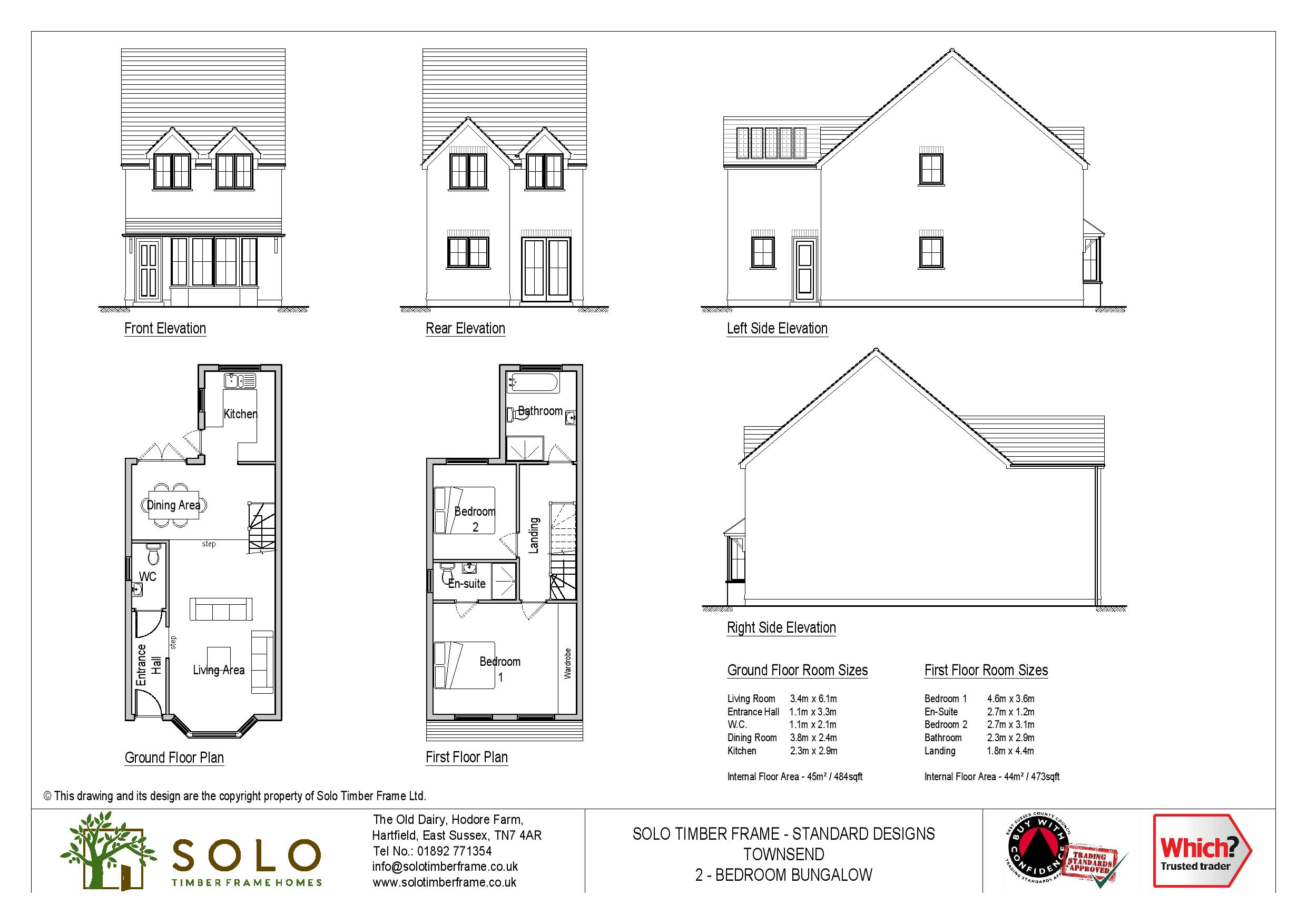Popular Three Bedroom Bungalow Floor Plan Variations

The three-bedroom bungalow is a classic home design that offers a comfortable and functional living space. While the basic bungalow layout remains consistent, variations in floor plan design allow for different lifestyles and preferences. These variations cater to various needs and preferences, ensuring a comfortable and functional living space. Let’s explore some popular variations that enhance the functionality and aesthetics of this timeless design.
Open-Concept Layout
The open-concept floor plan is a popular choice for modern bungalows, creating a sense of spaciousness and flow. This layout combines the living room, dining room, and kitchen into one large, open area. The open-concept layout promotes a sense of togetherness and encourages interaction between family members. The open space allows natural light to flow freely throughout the home.
- Layout: The open-concept bungalow typically features a large, central living area that encompasses the living room, dining room, and kitchen. The three bedrooms are usually situated on one side of the house, with the bathroom and laundry room located on the opposite side. Large windows often line the living area, bringing in ample natural light and offering views of the surrounding landscape. A central fireplace can be a focal point in the open living space.
- Room Sizes: The open-concept layout prioritizes maximizing the living space, with larger areas dedicated to the combined living, dining, and kitchen area. The bedrooms are generally of standard size, providing adequate space for sleeping and storage.
- Placement of Windows and Doors: Large windows are strategically placed in the living area to allow natural light to flood the space. Sliding glass doors often lead to a patio or deck, blurring the lines between indoor and outdoor living. French doors can be used to create a separate entryway to the bedrooms.
- Unique Features: An island in the kitchen can serve as a gathering spot, adding both functionality and visual interest. A built-in bookshelf or entertainment center can create a dedicated space for books, movies, and other personal items. The open-concept layout allows for a variety of furniture arrangements, making it easy to personalize the space.
Advantages:
- Spacious and Open: The open-concept layout creates a sense of spaciousness and openness, making the home feel larger than it actually is.
- Increased Natural Light: The open layout allows natural light to flow freely throughout the home, creating a bright and airy atmosphere.
- Enhanced Flow: The seamless transition between rooms promotes a sense of flow and connectivity, making it easy to move from one area to another.
- Ideal for Entertaining: The open space is perfect for entertaining guests, allowing everyone to interact and enjoy the company.
Disadvantages:
- Lack of Privacy: The open layout can limit privacy, as there are no walls to separate the different living areas.
- Noise Amplification: Sound can travel more easily throughout the open space, which can be a drawback if you prefer a quieter environment.
- Less Defined Spaces: The lack of walls can make it difficult to create distinct areas for different activities.
Designing Your Dream Three Bedroom Bungalow: Three Bedroom Bungalow Floor Plan

Designing a three-bedroom bungalow is an exciting endeavor that allows you to create a home that perfectly suits your family’s needs and lifestyle. The process is an opportunity to envision a space that is both functional and beautiful, a sanctuary where you can relax, connect, and create lasting memories.
Key Considerations for Designing a Three Bedroom Bungalow
When designing a three-bedroom bungalow, several key considerations come into play, each influencing the final outcome of your dream home. Understanding these factors is crucial for creating a space that is both practical and fulfilling.
- Family Size: The number of bedrooms and the layout of the bungalow should accommodate the current and future needs of your family. For a growing family, consider flexibility in design to allow for potential expansion or adaptation.
- Lifestyle: Your lifestyle dictates the flow and functionality of your bungalow. If you entertain frequently, an open floor plan with a spacious living area might be ideal. If privacy is paramount, consider dedicated spaces for work, relaxation, and family time.
- Budget: Setting a realistic budget is essential. This will help you prioritize features, materials, and design elements that align with your financial constraints.
Creating a Custom Floor Plan
The floor plan is the blueprint for your bungalow, dictating the flow of space and the functionality of each room. Creating a custom floor plan allows you to tailor your home to your specific needs and preferences.
- Define Your Needs: Start by identifying your essential requirements. Do you need a dedicated home office, a guest room, or a mudroom? What are your preferences for kitchen layout, bathroom configuration, and living space?
- Maximize Space: Clever use of space is crucial in a bungalow. Consider open floor plans, multi-functional rooms, and built-in storage solutions to maximize efficiency.
- Incorporate Natural Light: Natural light is essential for creating a bright and inviting atmosphere. Design your bungalow with large windows, skylights, and strategically placed doors to flood the interior with sunlight.
- Plan for Future Needs: Think ahead to potential changes in your family’s needs. Consider accessibility features, adaptable spaces, and the possibility of future renovations.
Incorporating Specific Features, Three bedroom bungalow floor plan
Specific features can enhance the functionality and livability of your three-bedroom bungalow. Consider these options:
- Home Office: A dedicated home office provides a quiet and productive workspace. Consider a separate room or a designated area within an existing room.
- Guest Room: A guest room provides a comfortable space for visitors. It can be a separate bedroom or a multi-functional room that can be used as a home office or playroom when not occupied.
- Mudroom: A mudroom serves as a transition zone between the outdoors and the interior, keeping dirt and clutter at bay. It can be a small entryway or a dedicated room with storage for shoes, coats, and bags.
